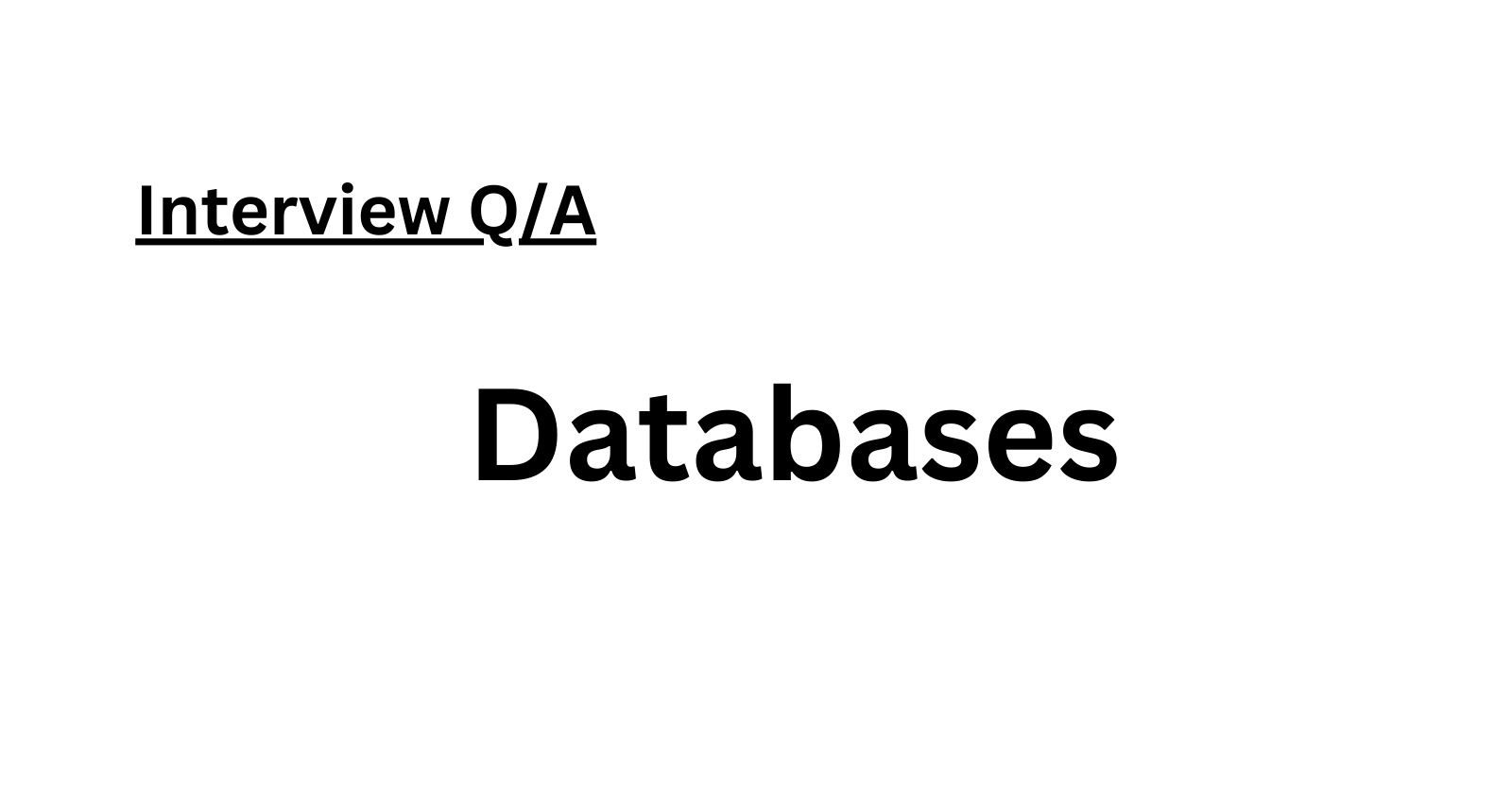Understanding Databases: Overview, Types, and Components
 Amrutha D
Amrutha D
What Is a Database? Overview, Types, and Key Components
A database is a structured collection of data, organized for efficient storage, management, and retrieval. Various types of databases exist, each with distinct attributes and purposes.
Different Types of Databases:
Relational databases: Utilize tables with rows and columns to organize data, interconnected by keys. Examples include MySQL, Oracle, and Microsoft SQL Server.
NoSQL databases: Designed for handling vast data volumes that don't fit traditional models, offering flexibility and scalability. Examples are MongoDB, Cassandra, and Redis.
Object-oriented databases: Built on an object-oriented programming model, using objects to represent data. Examples include Gemstone and ZopeDB.
Graph databases: Specifically manage complex item relationships through nodes and edges. Neo4j, ArangoDB, and OrientDB are popular examples.
Components of a Database:
Data: The actual stored information within the database.
Database Management System (DBMS): Software that interacts with and administers the database.
Database schema: The structure or organization of data within the database.
Users and applications: Individuals and programs accessing and using the data.
Creating a MySQL Database Example: To initiate a new MySQL database using SQL, the following command is used:
sqlCopy codeCREATE DATABASE my_database;
Database Concepts and Technologies:
SQL (Structured Query Language): Standard language for relational databases to manage data.
Indexes: Structures enhancing query performance by swiftly locating specific data rows within tables.
ACID (Atomicity, Consistency, Isolation, Durability): Ensures database consistency under diverse system failures.
Replication: Technique for creating multiple database copies, aiding load balancing and disaster recovery.
Transactions: Grouping SQL statements for unified execution.
Stored Procedures: Predefined scripts executing complex operations within databases.
SQL Query Example for Retrieving Data:
sqlCopy codeSELECT first_name, last_name FROM customers;
Sample SQL Transaction for Inserting Data:
sqlCopy codeSTART TRANSACTION;
INSERT INTO customers (first_name, last_name, email) VALUES ('John', 'Doe', 'johndoe@example.com');
COMMIT;
Database Use Cases in Real-world Applications:
Online Store: Store information about products, customers, and orders.
Social Media Platform: Manage user, post, and comment data.
Banking System: Handle customer accounts, transactions, and financial data.
Gaming: Store player and game progress information.
Logging and Monitoring: Backend storage for system logs and data analysis.
Accessing Databases in Code (Python Example):
pythonCopy codeimport psycopg2
try:
connection = psycopg2.connect(
host="hostname",
database="databasename",
user="username",
password="password"
)
cursor = connection.cursor()
# Insert a new record
sql = """INSERT INTO customers (first_name, last_name, email) VALUES (%s, %s, %s)"""
values = ("John", "Doe", "johndoe@example.com")
cursor.execute(sql, values)
connection.commit()
print("Record inserted successfully into customers table")
except (Exception, psycopg2.Error) as error:
print("Failed to insert record into customers table", error)
finally:
# Close cursor and connection
if connection:
cursor.close()
connection.close()
print("PostgreSQL connection closed")
Conclusion:
Databases are pivotal for storing, managing, and retrieving large volumes of data across numerous applications. Each database type possesses unique features and is utilized based on specific requirements. While SQL remains standard for relational databases, additional tools and concepts like indexes, replication, and transactions complement databases for efficient and secure data management in various industries
Subscribe to my newsletter
Read articles from Amrutha D directly inside your inbox. Subscribe to the newsletter, and don't miss out.
Written by

Amrutha D
Amrutha D
Gen AI Video Creator | Gen AIOps | AIOps Cloud DevOps Engineer | Let's Connect & share Technical knowledge & grow together in Technologies Everyday..